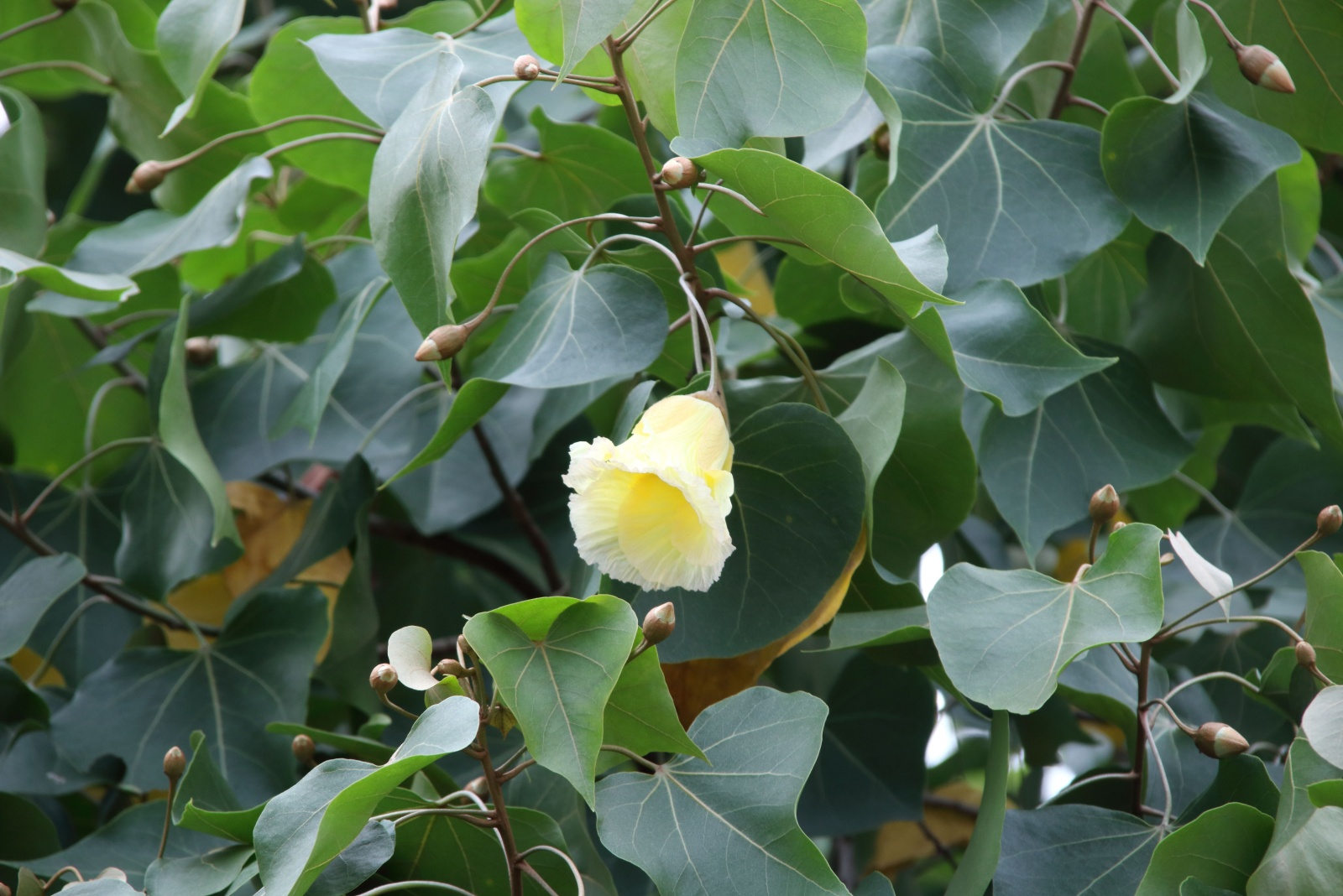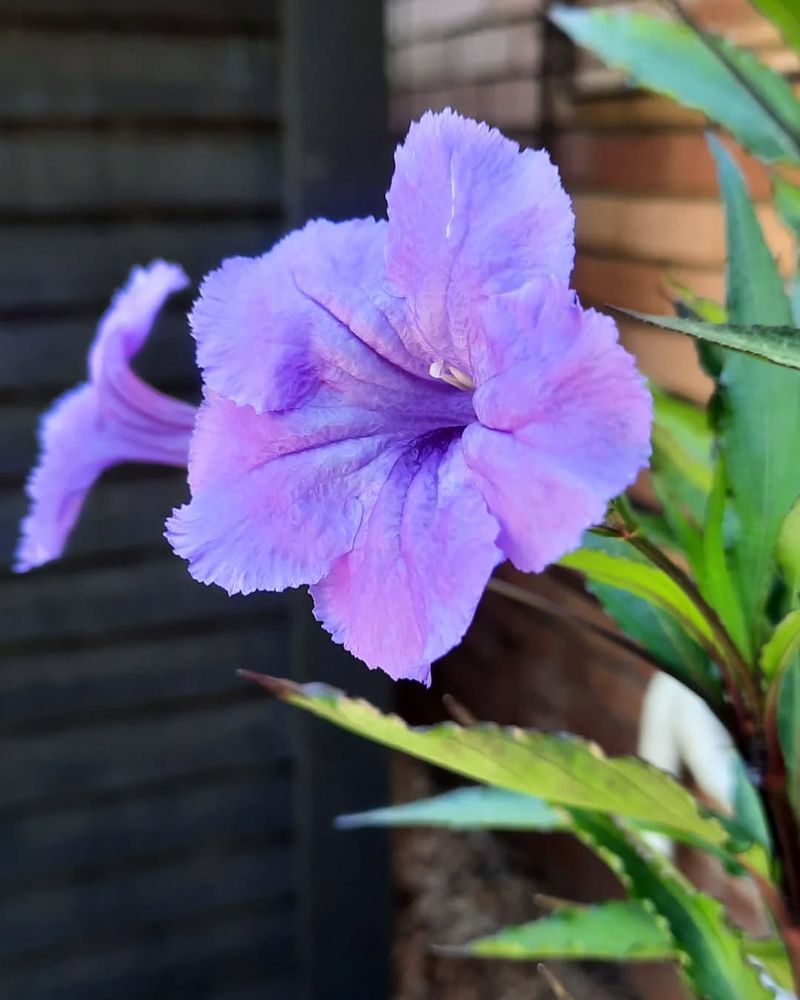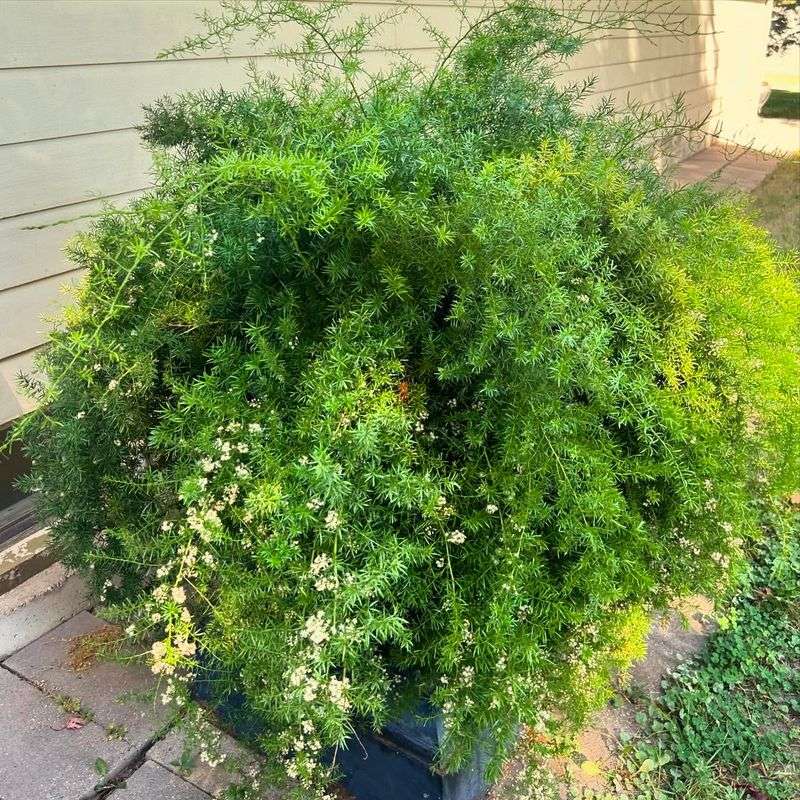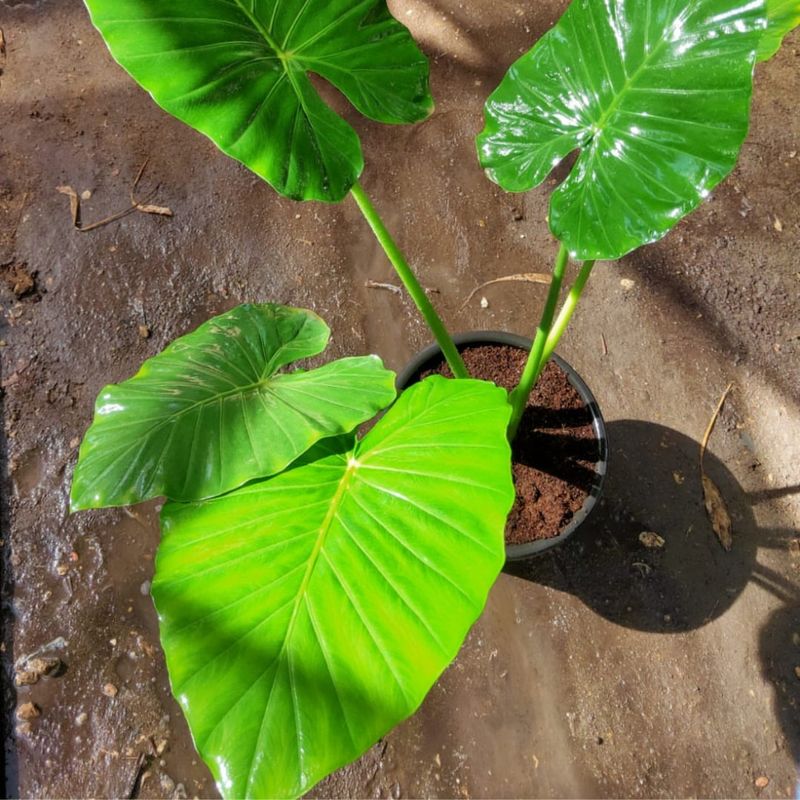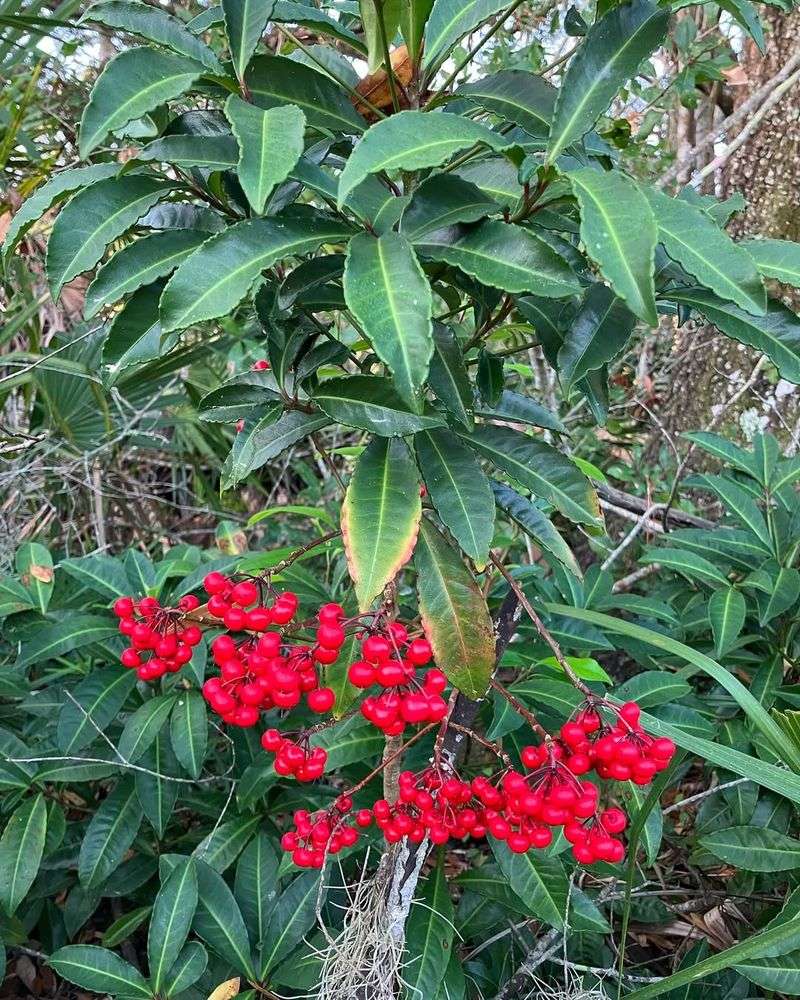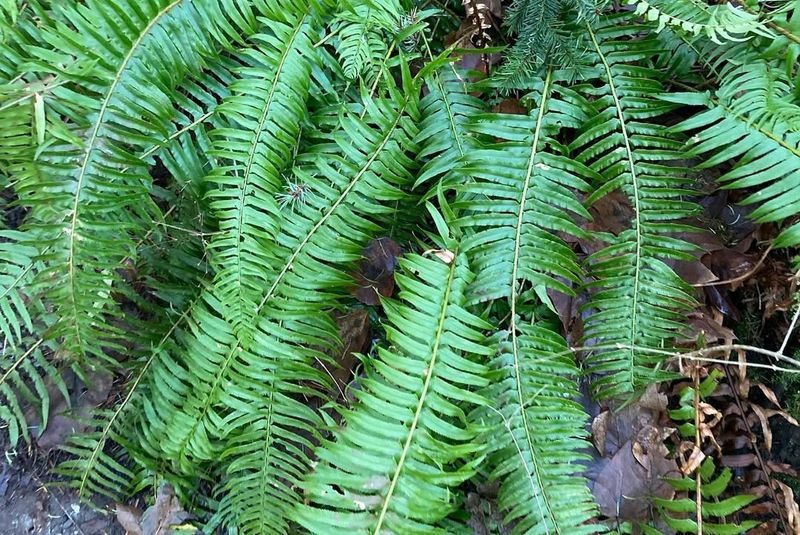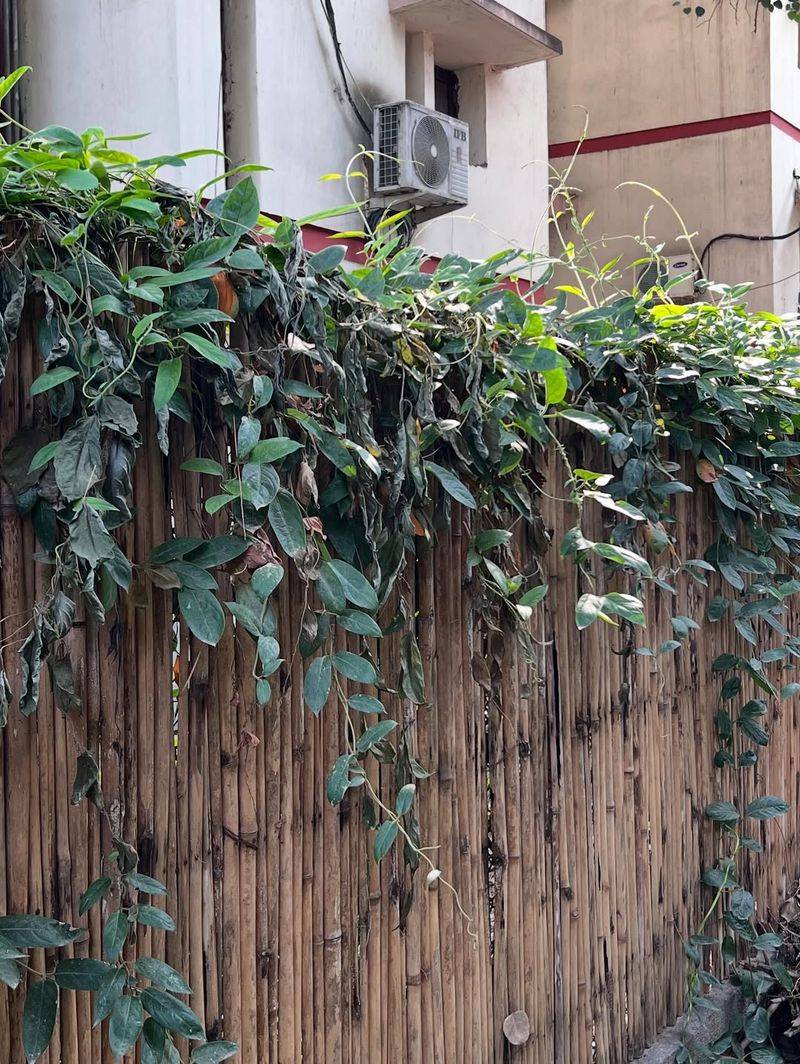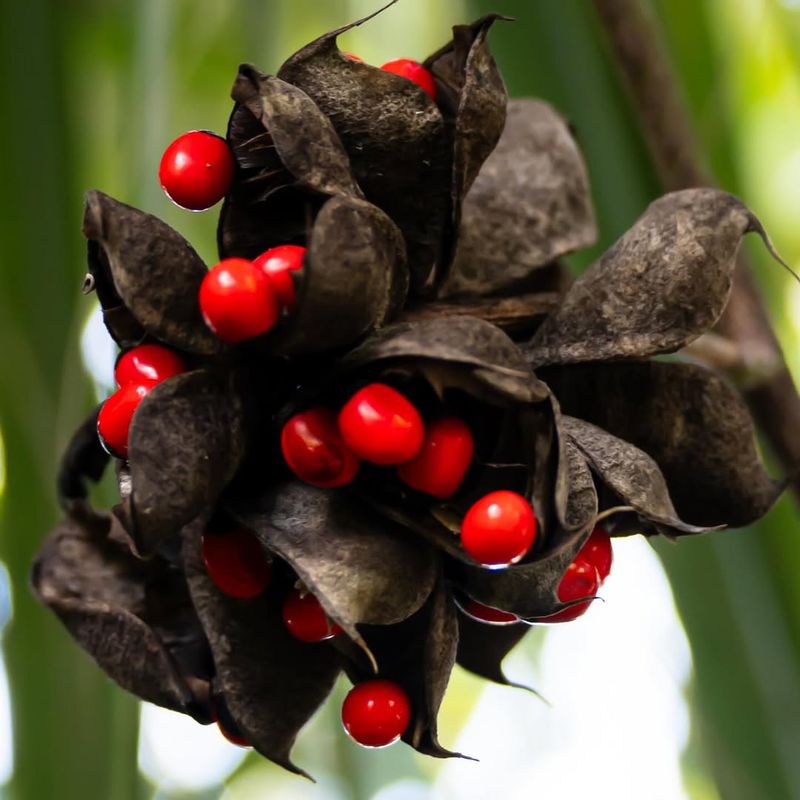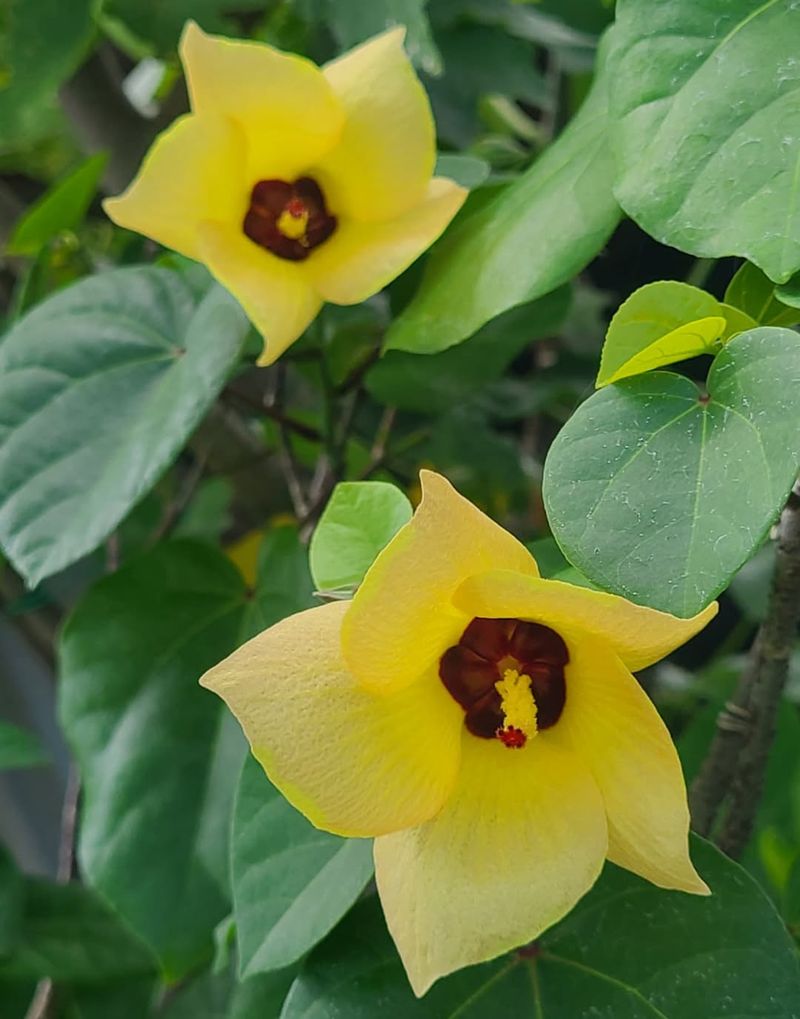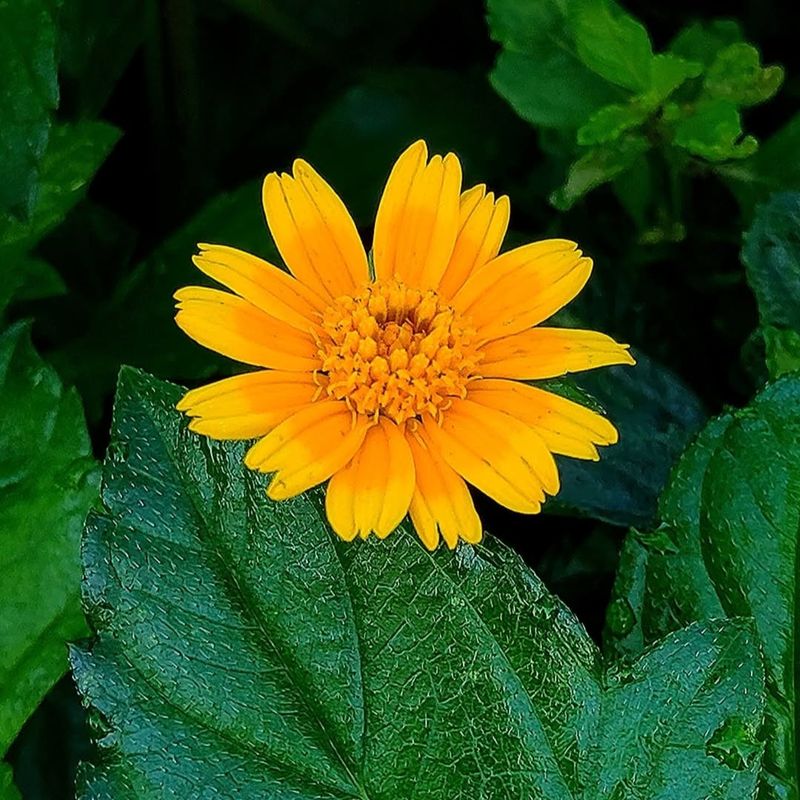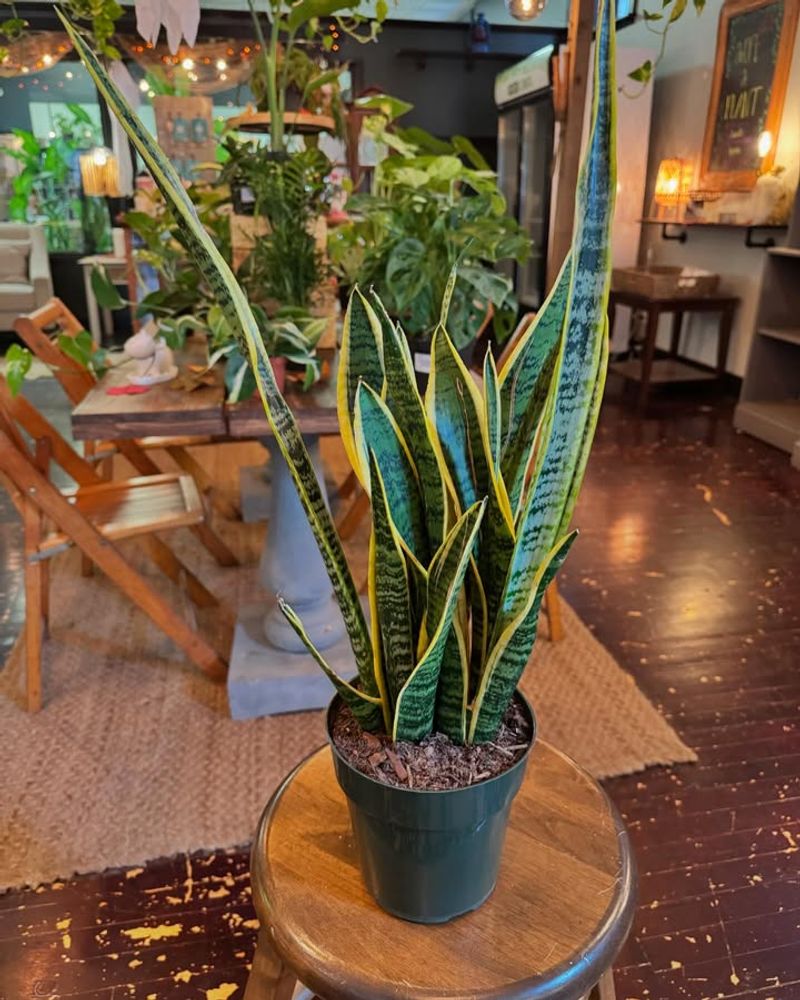Florida’s gardens may be lush, but not everything green is good. Some popular plants are quietly wreaking havoc—choking out native species, spreading like wildfire, and turning backyard beauty into ecological trouble.
And now, a few of these familiar faces could be next on the state’s banned list. From the prettiest offenders to the sneakiest spreaders, here are 10 invasive garden plants Florida gardeners should know before it’s too late.
1. Mexican Petunia
Gardeners love the stunning purple blooms of Mexican petunia, but wildlife officials see a different story. Once planted in a flower bed, this aggressive spreader sends out underground roots that pop up everywhere, even crossing into wetlands and natural preserves.
Florida waterways suffer when Mexican petunia takes over, blocking sunlight that native plants desperately need. Pulling it out becomes nearly impossible once established. Many garden centers still sell this plant, though several counties have already added it to their watch lists for potential restrictions.
2. Asparagus Fern
With its delicate, feathery appearance, asparagus fern seems harmless enough for hanging baskets and shady garden spots. Birds absolutely adore the bright red berries, which sounds wonderful until you realize they spread seeds everywhere they fly.
Natural forests across Florida now battle dense carpets of asparagus fern smothering the forest floor. The thorny stems make removal painful and difficult. Commercial landscapers have started avoiding this plant altogether, anticipating stricter regulations. Your neighborhood might look prettier with native alternatives that support local ecosystems instead.
3. Elephant Ear
Those gigantic leaves make elephant ear a dramatic addition to tropical-themed gardens and water features. Unfortunately, this water-loving giant spreads through Florida’s wetlands like wildfire, creating impenetrable walls of foliage.
Native turtles, fish, and wading birds lose critical habitat when elephant ear takes control. The plant grows so densely that nothing else survives underneath its massive canopy of leaves. Several varieties are already banned in Florida, and environmental groups push for restrictions on the remaining types still available at nurseries and home improvement stores.
4. Coral Ardisia
Bright red berries and glossy evergreen leaves make coral ardisia a holiday favorite for shady landscapes. Birds feast on those berries and deposit seeds throughout Florida’s forests, where the plant forms dense thickets.
Forest floors darken considerably when coral ardisia moves in, preventing native seedlings from sprouting and growing. Removal requires digging up extensive root systems that resprout stubbornly. Some Florida counties already prohibit planting coral ardisia, and statewide restrictions seem increasingly likely. Consider swapping it for native beautyberry, which offers similar visual appeal without ecological damage.
5. Sword Fern
Not all ferns behave themselves in Florida gardens, and tuberous sword fern ranks among the worst offenders. Underground tubers multiply rapidly, allowing this fern to spread aggressively through both gardens and wild areas.
Native ferns struggle to compete once sword fern establishes territory in Florida’s forests and parks. The tubers make eradication extremely challenging since each small piece left behind sprouts a new plant. Environmental managers spend countless hours battling sword fern infestations. Garden centers continue selling this popular landscape plant, though educated gardeners increasingly choose native fern species instead.
6. Skunk Vine
Some folks actually planted skunk vine intentionally for quick privacy screens and fence coverage. Big mistake! This aggressive climber smothers everything in its path, earning its unpleasant name from the smell released when stems break.
Florida’s native trees literally suffocate under heavy blankets of skunk vine, which blocks sunlight and adds tremendous weight to branches. Removal projects cost communities thousands of dollars annually. Most counties already prohibit planting skunk vine, and complete statewide bans appear inevitable. Anyone still growing this vine should remove it immediately before it escapes into neighboring properties and wild spaces.
7. Rosary Pea
Beautiful but deadly describes rosary pea perfectly, with seeds so toxic that a single one can kill an adult human. Gardeners originally grew this vine for its pretty pink flowers and striking red-and-black seeds used in jewelry.
Florida’s natural areas now battle rosary pea infestations that threaten both wildlife and curious children who might pick up the attractive seeds. The vine climbs aggressively over native vegetation. Environmental experts consider rosary pea among the most dangerous invasive plants in the state. Expect regulations to tighten significantly as awareness grows about both toxicity and invasiveness issues.
8. Seaside Mahoe
Coastal gardeners appreciate seaside mahoe for its salt tolerance and attractive hibiscus-family flowers. Native to the Caribbean, this tree adapts too well to Florida’s coastlines, spreading rapidly through beach and dune ecosystems.
Endangered sea turtle nesting sites face disruption when seaside mahoe forms dense thickets along beaches where native vegetation should grow. The tree produces abundant seeds that germinate easily in sandy soils. Conservation groups advocate for restrictions on seaside mahoe plantings near sensitive coastal habitats. Homeowners living near beaches should choose native sea grapes or other indigenous coastal plants that support rather than harm fragile dune systems.
9. Creeping Oxeye
Cheerful yellow flowers disguise the aggressive nature of creeping oxeye, which forms thick mats along Florida’s coastlines and wetlands. Introduced as an ornamental ground cover, this succulent spreader now ranks among the state’s most problematic invasive plants.
Mangrove forests and salt marshes suffer severe damage when creeping oxeye takes over, displacing vegetation that protects shorelines from erosion. The fleshy stems break easily, with each fragment capable of rooting and starting new colonies. Several Florida counties already restrict creeping oxeye plantings. Complete bans seem likely as environmental damage becomes increasingly obvious to state regulators and coastal residents.
10. Sansevieria
Snake plant lovers might be surprised to learn their favorite houseplant causes problems when grown outdoors in Florida. Virtually indestructible, sansevieria spreads through underground rhizomes and tolerates drought, shade, and neglect with equal ease.
Natural areas near residential developments now host expanding sansevieria populations that crowd out native ground covers and small plants. Each piece of rhizome left in the soil generates new plants, making eradication nearly impossible. While still popular for indoor containers, outdoor plantings face increasing scrutiny from environmental managers. Forward-thinking gardeners keep sansevieria in pots rather than planting it directly in Florida’s vulnerable landscapes.

